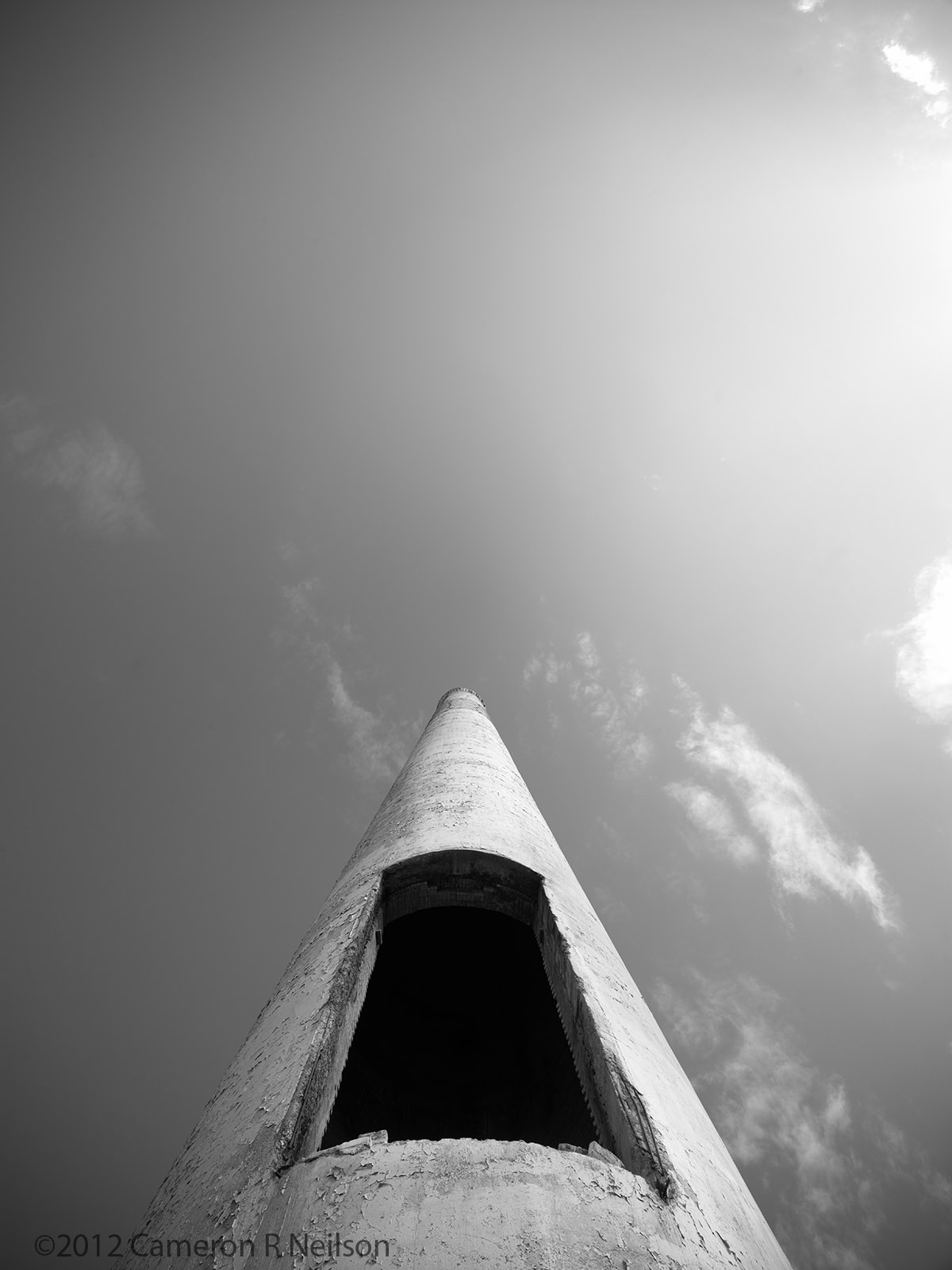Malheur is a French word meaning misfortune, bad luck, or tragedy. Fittingly, it rhymes with manure.
Since 1978, I’ve traveled nearly every year to Malheur National Wildlife Refuge to go birdwatching, a tradition my parents started that coincided with spring break. As a kid, it seemed pretty cool. We’d drive about six hours from Portland, OR, stay in quirky old trailer homes at the Malheur Field Station, and while my parents searched for birds, I mostly played. I figured this was what everyone did. It wasn’t until later that I embarrassingly realized most of my friends were going to the beach, the mountains, or even Disneyland. I also discovered that the college students attending workshops at Malheur were the epitome of Oregon’s eccentricity—an eccentricity captured in Portlandia‘s skit about “putting a bird on it.” But against all odds, I started to appreciate Malheur, and through my father, I began to love bird photography.
In the following years, we expanded our trips to include fall and winter visits. The seemingly desolate Eastern Oregon landscape came alive, not just with migratory birds on the Pacific Flyway but also with the year-round residents. This delicate, resilient ecosystem spurred our interest in landscape photography. We started bringing not only telephoto lenses but also 4×5 view cameras to capture the landscapes. Photographing tiny sage wrens darting through the tall grasses was challenging, but even harder was trying to make the flat, sagebrush-covered landscape look grand.
The nearby towns—Frenchglen, Princeton, Hines, and Burns—have seen their share of boom and bust cycles, political turmoil, and economic shifts, especially around the contentious issue of land use, often centering on cattle grazing on public lands.
Eastern Oregon is a patchwork of BLM land, wildlife refuge, wilderness, and private holdings. It’s common to see privately held ranch land completely surrounded by BLM land, or vice versa. This odd quilt doesn’t seem to matter to nature—plants and animals freely cross these human-made boundaries. However, it’s our divisions over how to manage these lands that lead to the contentious politics, exemplified by the 2016 armed occupation in of Malheur National Wildlife Refuge.
There’s plenty of thoughtful commentary (and snack jokes) about the occupation, but what troubles me more is the potential impact on the fragile balance between public and private land stewardship in Eastern Oregon. Birdwatchers were once seen as odd outsiders, and I’ve experienced some hostility over the years while photographing or simply observing birds. But recently, the local community has embraced birdwatchers. Ranchers and farmers have even invited me onto their land to photograph owls or offered tips on where to spot birds. I credit Malheur National Wildlife Refuge for fostering this cooperation, and I hope the recent conflict doesn’t ruin the hard-won balance between wildlife conservation and local livelihoods.
So, why post this image? Simple. When I started the Straight Up series, I wondered if the concept would translate to rural areas as well as it had in urban environments. On my annual trip to Malheur, I tested it in Eastern Oregon—my usual proving ground. This smokestack is one of the few remnants of the Hines wood mill, just outside Burns. As I approached to photograph it, two Canada geese flew into the dark opening. I discovered they had made a nest inside the smokestack, turning it into their safe home.
This image reminds me that despite all the noise of politics and the ups and downs of human industry, nature always finds a way. Nature makes its home amid the misfortunes of mankind.

